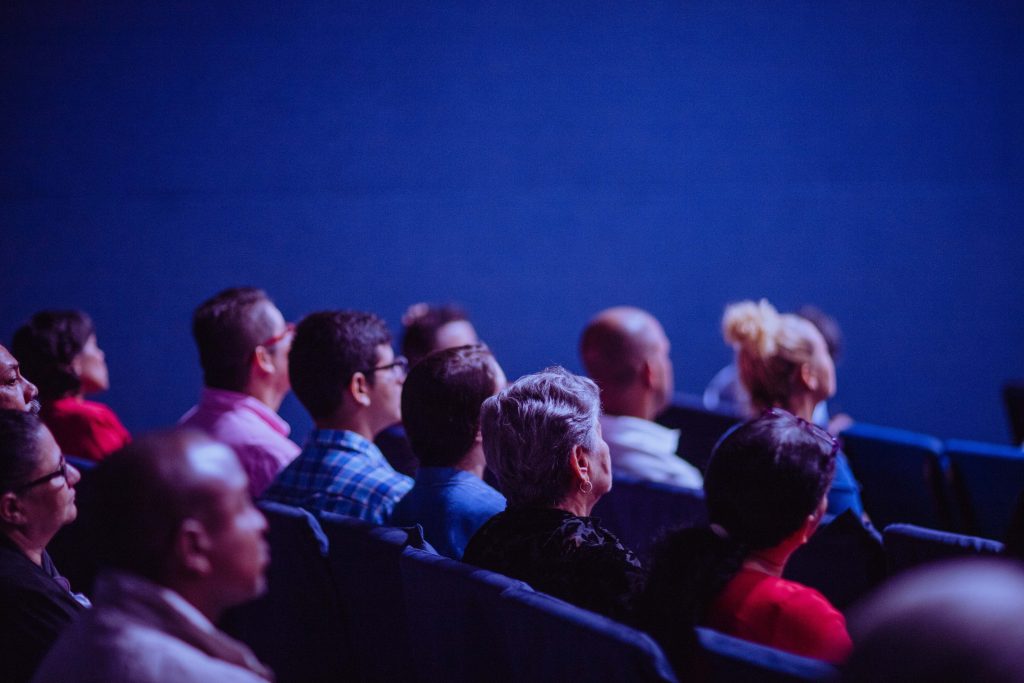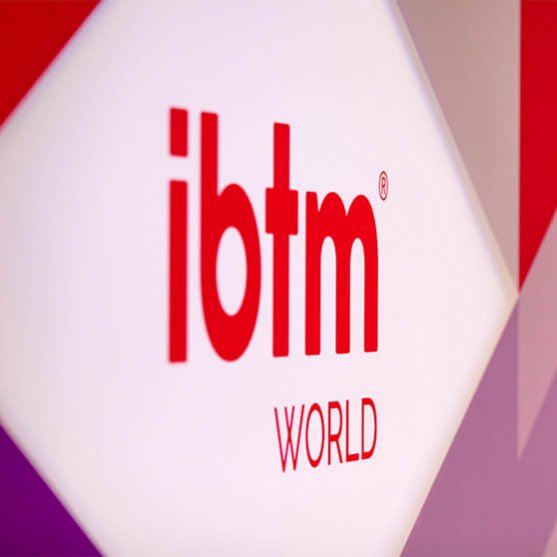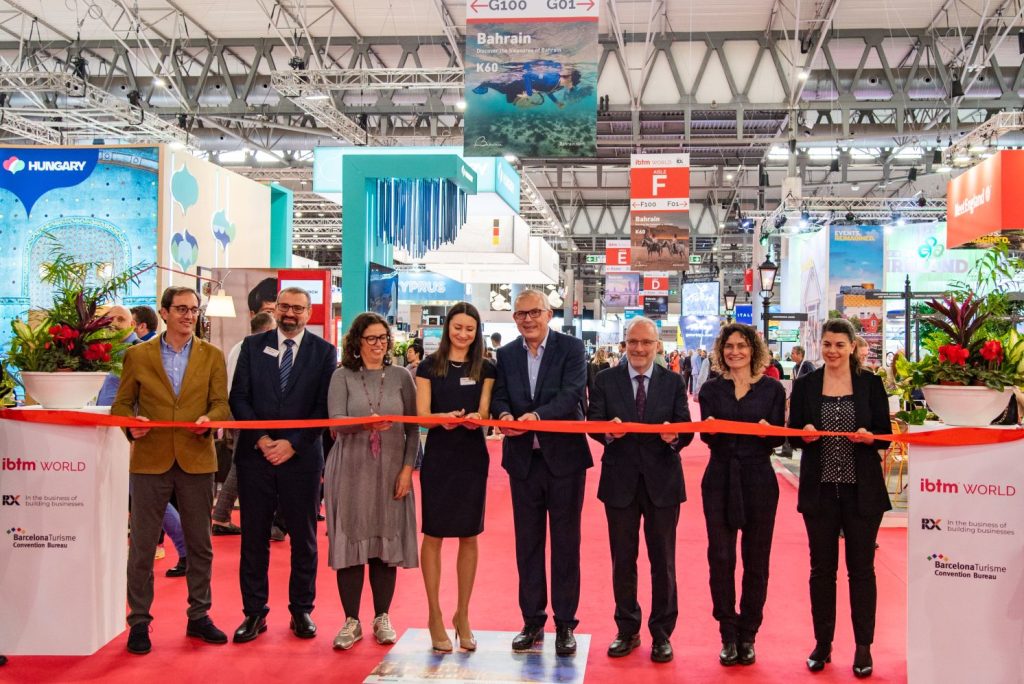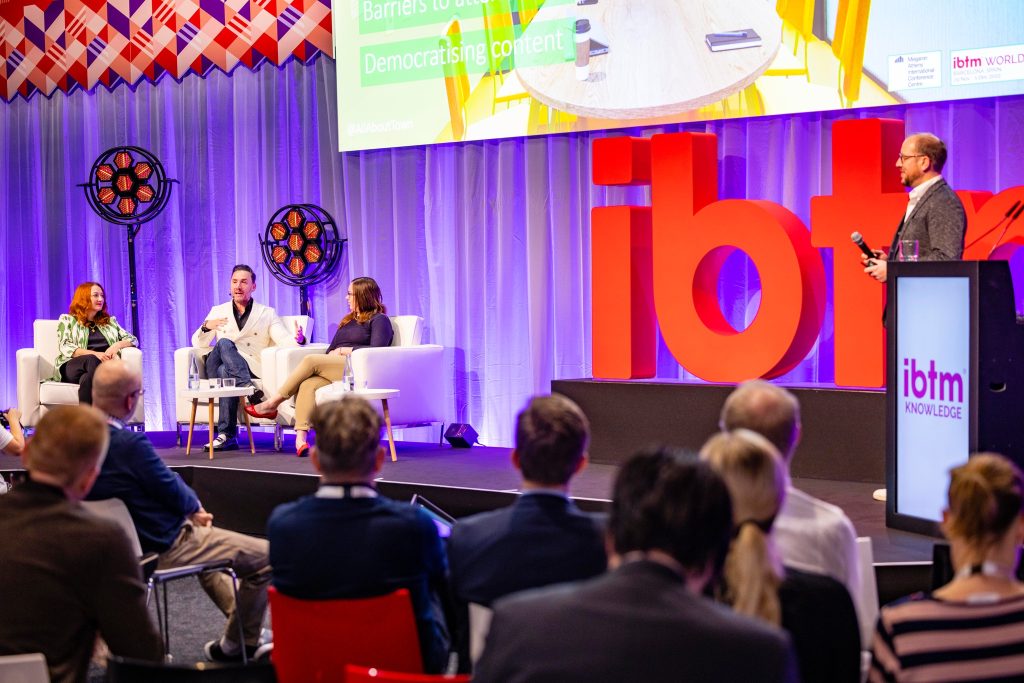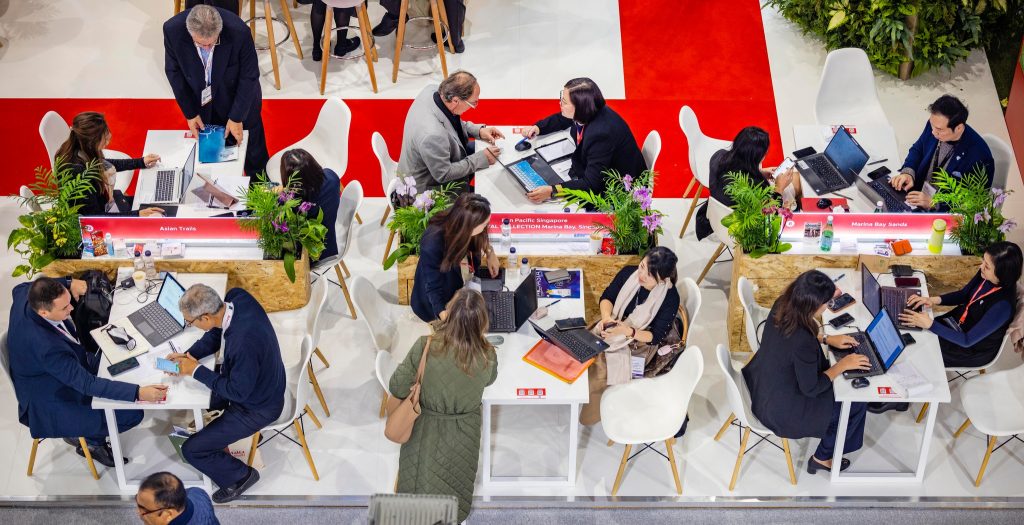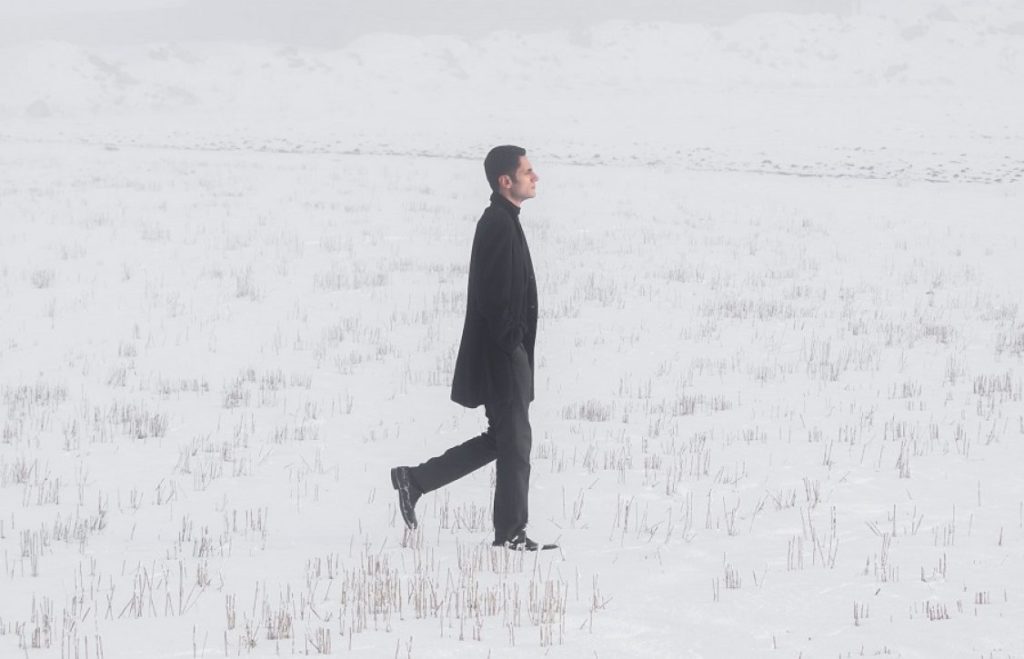
Share news
Listen
Bleisure visitors are people who add extra days to their conference or business trip for leisure activities such as sightseeing, sports, entertainment or simply relaxation, turning their business visit into a vacation experience. Since the widespread relaxation of travel restrictions following the pandemic, bleisure has grown strongly in Europe and beyond. The question is, are CBs prepared to respond to this new demand? The report notes that while offices are generally familiar with the concept and aware of the benefits for their destinations, they confirm that they do not have sufficient knowledge or tools to persuade business visitors to extend their stays in their cities.
Only 17 of the CBs surveyed had conducted any research on the impact of bleisure tourism on their destinations, meaning that most of them have never attempted to measure the economic benefits of conference participants spending extra days in their destinations. And while 21 of the convention bureaus had conducted special marketing campaigns to encourage business visitors to extend their stays, the vast majority had never promoted their destinations in this way.
In this regard, Davidson and Kesar’s report is particularly interesting (you can download it here) as it identifies a number of proactive actions being taken by some bureaus across Europe to increase the number of conference and meeting participants who spend more time and money in destinations. Some outstanding cases of best practice in measuring, promoting and encouraging bleisure come from bureaus in Belfast, Copenhagen, Florence, Glasgow, Ireland, Ljubljana and Wrocław, are telling of how CBs can become relevant players in this regard.
Rachael McGuickin, director of business development, sustainability and transformation, Visit Belfast, notes around this theme, “It is clear to us that we need to do more work to get more benefit from the visitors we have. One way of doing this is to increase the length of stay and spend of inbound business visitors. It also makes economic sense for conference participants to turn their business trip into a vacation, saving costs on additional flights. And by making their air travel serve two different purposes, business and leisure they can reduce the number of flights they take throughout the year, thereby reducing their footprint on the natural environment.”


